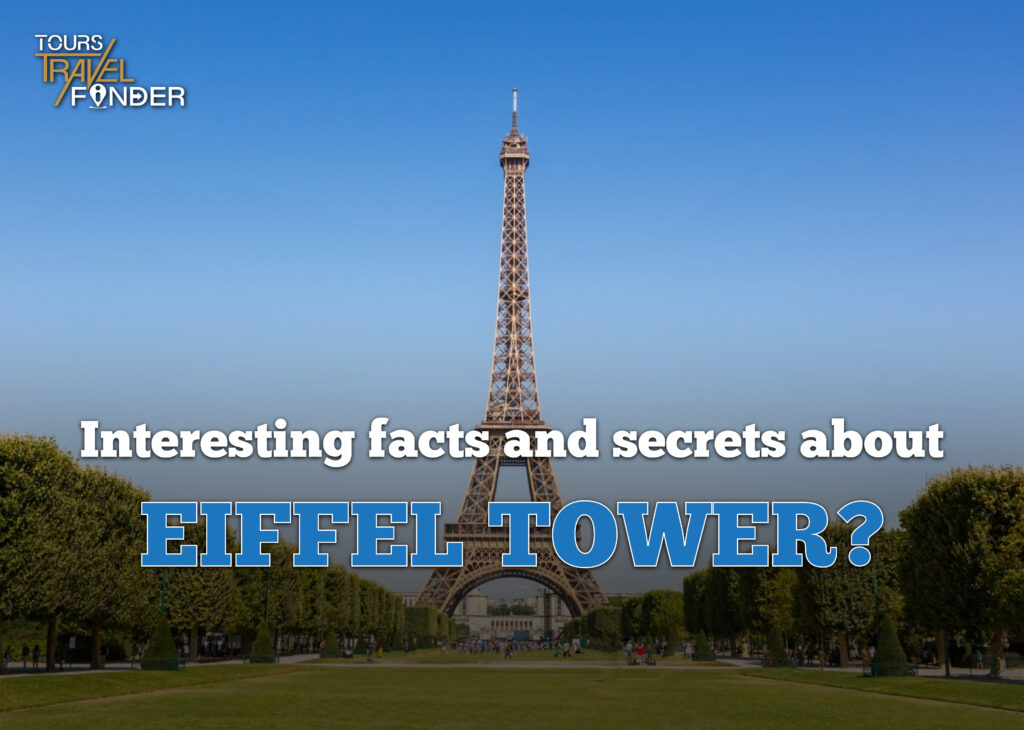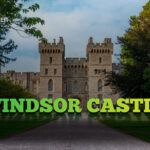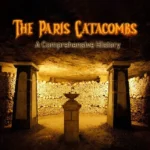Take a look at the timeless elegance of The Eiffel Tower, an icon of love that has captured hearts around the world. From its complex ironwork to the desperate scene from the top, Eiffel Tower embodies love and passion. Whether you’re a hopeless romantic or simply appreciate the beauty of French architecture, our collection captures the spirit of these beloved Parisians . Bring a touch of romance to your life with our Eiffel Tower-inspired designs.
Where is the Eiffel Tower?
The Eiffel Tower is much more than mere architecture; it is a living tribute to Paris’s rich past and cultural diversity. Eiffel Tower, which stands 324 meters (1,063 feet) tall, dominates the Parisian landscape. The site’s advantageous position boasts unparalleled views of the city, making it an essential stop for visitors as well as locals. Visitors can enter the top level from a wide range of spots, with the primary entry ways placed at the skyscraper’s base. Beyond its structural significance, it has significant cultural importance for Parisians. It has made appearances in several pieces of art, literature, and film, cementing its position as an icon of beauty and romance.
When was the Eiffel Tower Built?
Eiffel Tower’s creation began on January 28, 1887, and finalized on March 31, 1889. The tower originally served as the main entry arch for the 1889 World’s Fair in Paris to honor the 100th anniversary of the French Revolution. Gustave Eiffel created Eiffel Tower, and this is one of the world’s most recognised landmarks, exhibiting both construction and technology excellence. This is a figuring marvel, with over 18,000 human being iron parts held together using an incredible 2.5 million rivets. Its detailed network of lattices not only illustrates Eiffel’s building prowess, but it also adds to the tower’s rebellion to wind and weather.
Who built The Eiffel Tower?
Gustave Eiffel, a French engineer, and the owner of a construction company designed the Eiffel Tower. Gustave Eiffel was an iconic figure in civil engineering, and he accomplished the tower’s design and construction. The International Exhibition Universelle (World’s Fair) was held in Paris from 1887 and 1889 to honor the 100th anniversary of the French Revolution. While Gustave Eiffel was the main engineer behind the project, artists Maurice Koechlin and Émile Nouguier collaborated with him on the primary design. Their ongoing technical as well as architectural skills is apparent in the Eiffel Tower.
10 most key facts about The Eiffel Tower
-
Construction Materials:
The Tower is made from iron and is made up of nearly 18,038 individual iron elements that are held together via more than 2.5 billion rivets. In spite of its adversaries, the tower’s heavy utilization of iron gives it strength while being a comparatively light-weight arrangement.
-
Height and Dimensions:
Standing at a height of 324 meters (1,063 feet), the Eiffel Tower held the title of the tallest man-made structure in the world until the execution of the Chrysler Building in New York City in 1930. It has a foundation that measures 125 meters (410 feet) on every side.
-
Construction Duration:
The construction of the Tower was exceptionally abrupt, taking just over two years to complete. It started on January 28, 1887, and was accomplished on March 31, 1889.
-
Visitors and Tourism:
The Eiffel Tower is one of the Most frequently paid symbols in the world. Millions of tourists from every part of the globe check out Paris every year to climb the iconic structure and enjoy incredible vistas of the city.
-
Original Purpose:
Built as the access span for the 1889 World’s Fair, the Tower was initially intended to be a non-permanent structure. However, due to its stylishness and utility for radio transmission, it was allowed to stand after the illustration.
-
Eiffel’s Apartment:
Gustave Eiffel, the tower’s chief engineer, had an individual residence at the highest point of the Eiffel Tower. While this is not accessible for everybody, special guests and high-ranking officials are sometimes acknowledged.
-
Lighting:
The Eiffel Tower is adorned with thousands of twinkling lights, making it an eye-catching sight during the evening hours. The sparkling lights were primarily added for the Millennium Celebration in 2000 but were so fashionable that they became an everlasting feature.
-
Wind Resistance:
The Eiffel Tower’s lattice construction allows it to stand up to powerful winds. The wind allows the tower to sway slightly, but it is constructed to come back to its vertical position.
-
Repainting:
The Tower is commonly repainted to protect it from corrosion. The entire tower is painted every seven years, requiring 60 tons of paint for individual coats.
-
Cultural Influence:
The Eiffel Tower has become a global cultural symbol and is often connected with the city of Paris and the romantic atmosphere of the French capital. It has featured noticeable in numerous films, books, and works of art, solidifying its status as one of the world’s most appreciable landmarks.
Best time to visit Eiffel Tower
If you want to avoid the busiest times, it’s best to go in the morning. For security reasons, bad weather, heavy visitor pressure, traffic, access to the Eiffel Tower and operating hours may be temporarily limited. Some areas are sometimes closed to the public for safety reasons. Travel tour finder will advise you how to buy tickets online. make sure you come in spring and fall. This period is considered the best time of the year to visit the Eiffel Tower. Crowd level in June is high.
Ticket To the Eiffel Tower
Visiting the Eiffel Tower is a magical experience. The opening hours of the Eiffel Tower Stairs start from 9:30 a.m. to 12:45 p.m. The time of the last entry is at 23:45. But you should know that the opening hours for the stairs sometimes vary. There are many organized tours to visit the Eiffel Tower. Ticket prices for the Eiffel Tower can vary based on factors such as age, time of visit, and access level.
Conclusion:
Ultimately, the Eiffel Tower is not simply a design marvel; it is a living offering to the soul of Paris and a living reminder of human imagination. The Eiffel Tower has weaved itself into every aspect of Parisian culture, from its humble origins as the main entrance arch for the 1889 World’s Fair to its contemporary importance as a famous worldwide landmark.
Its elegant lattice structure not only allows unmatched vistas of the city but also stands as an everlasting memory of the interplay of art, engineering, and history. The dazzling illumination of the Eiffel Tower, its part in endless romance stories, and its continual throngs of enthusiasts all add to the tower’s permanent fame.
Table of Contents
FAQ
What was the original purpose of the Eiffel Tower?
The Eiffel Tower was built as an entrance arch for the 1889 World’s Fair held in Paris to celebrate the 100th anniversary of the French Revolution.
Is there a dress code for visiting the Eiffel Tower?
There is no specific dress code, but it is advisable to dress comfortably for the weather as the visit involves some outdoor elements.
Can you buy Eiffel Tower tickets in advance?
Yes, it is recommended to buy tickets in advance to avoid the queues, especially during the main tourist season. Online booking is available on the Tour Travel Finder website.





[…] the best times to visit the Eiffel Tower to avoid long lines and enjoy the experience to the fullest. We’ll provide tips on purchasing […]
Wow!! That’s a lot of research and info. It’s actually very hard to find all of this at any one place on line so you have done an incredible job. I do hope people can find it easily as it will save them a lot of time!!
Congratulations! And thank you!
All the best,
David
[…] How many steps in the Eiffel tower? […]
[…] How many steps in the Eiffel tower? […]
[…] How many steps in the Eiffel tower? […]
[…] How many steps in the Eiffel tower? […]
[…] How many steps in the Eiffel tower? […]